One in a series of posts describing the making of the film M Klein, by Joseph Losey.
Previous related post: Introduction to the film and Shooting on location
Margot Capelier died in 2007 after a long career as a casting director in the French film industry. She was known and admired by many in French cinema for her dedication to actors. A deep humanity pervaded her professionalism. She loved actors and understood them, while maintaining an overview of the business, combining the professional and creative sides of film.
Despite her talents, she wasn’t rewarded with a glamorous lifestyle or widespread recognition. She is an example of someone who put her heart into her profession, helping many recognized individuals while herself remaining comparatively in the shadows.
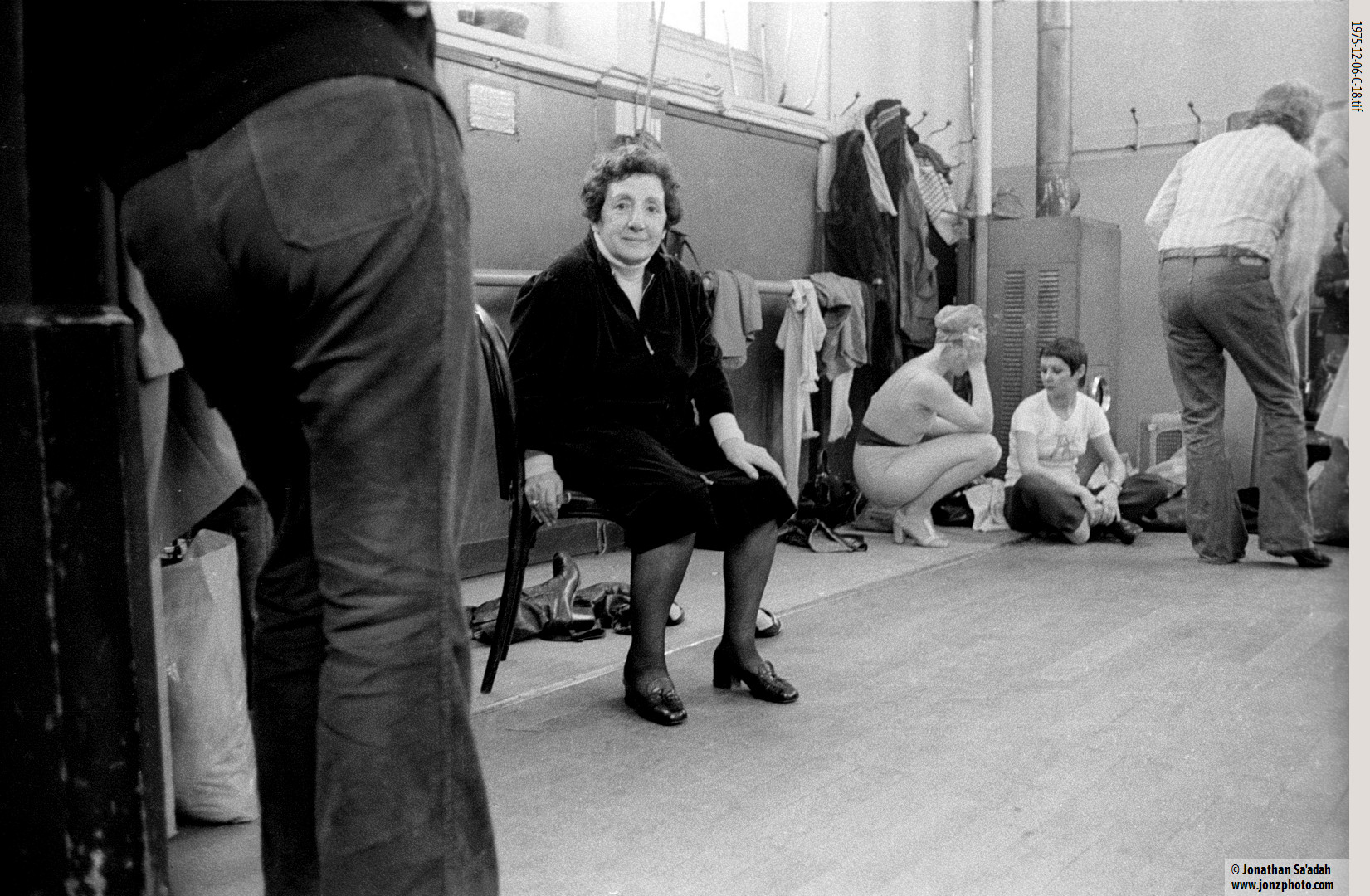
My friendship with Capelier was limited to the time M Klein was in production. I was never in her home and she never told me her story in great detail. On the other hand, she was one of two or three top people on the production side of the film who from the beginning accepted me as I was – a young still photographer brought into a tightly-knit world of successful professionals because of a connection with Losey – and she didn’t make a big deal out of it. Probably she was treating me the same way she would treat a young actor under her watch, and she has always kept a place in my memory as a person who stood out in the group surrounding Losey.
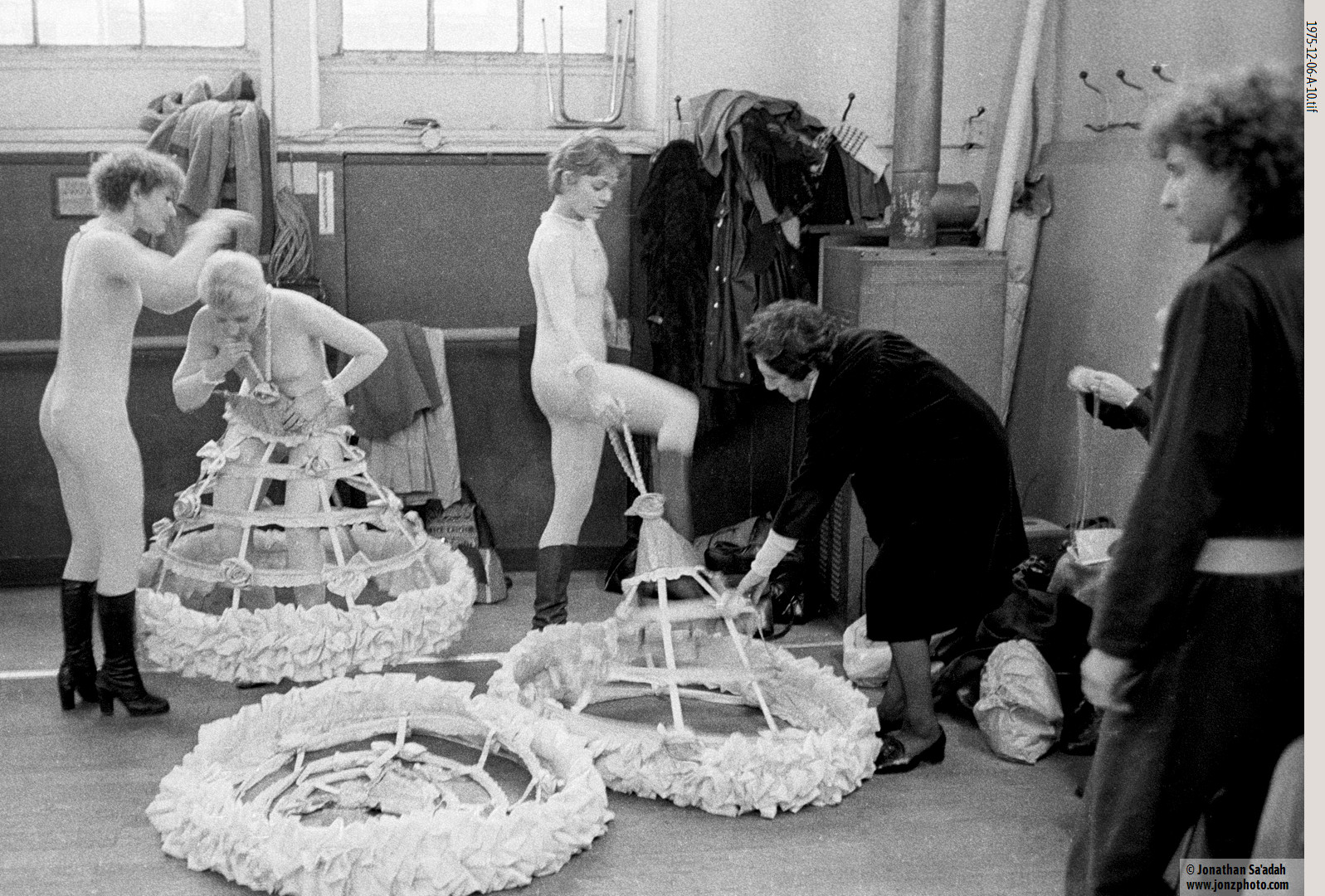
This account is drawn from what I knew of her personally, a few interviews, the radio interview linked below, and news articles that appeared during her life and at the time of her death (see the end of the post). I also acknowledge an excellent book by Corrine Bacharach (Reine du casting, published in 2022).
I’ve always wanted to contribute to her memory, first of all because she deserved it, but also because of the strength of her spirit. She battled adversity while seeing the world through a lens of compassion and understanding. To me, she was inspirational while being straightforward, a rare combination.
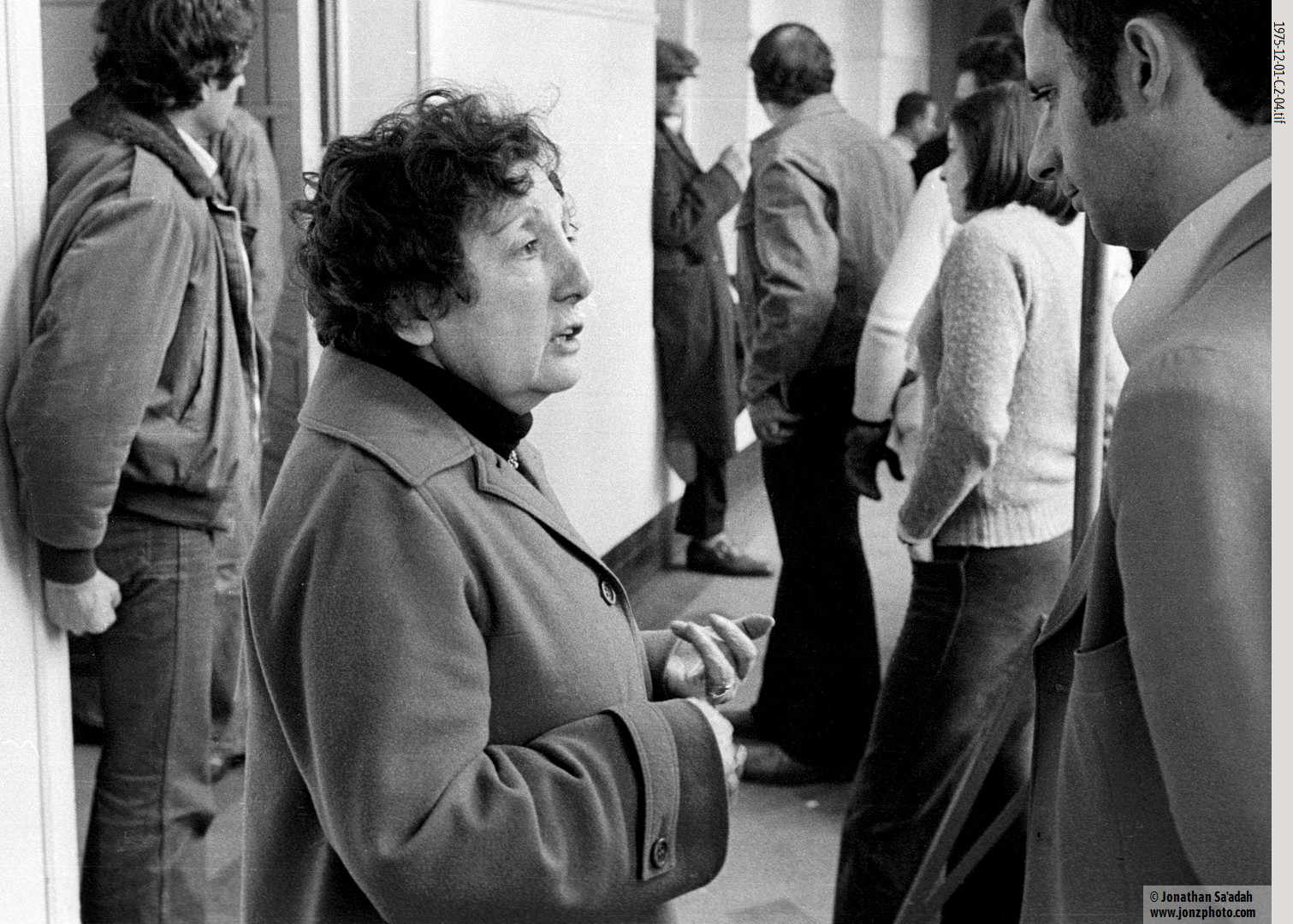
Capelier was born Margot Leibowitch in Paris in 1910, the middle child of Jewish immigrants originally from Odessa. She grew up in a small apartment on the north edge of the Marais, the Jewish ghetto in Paris, living with an older sister, a younger brother, parents, and her grandmother.
It wasn’t a happy childhood. “I think I’m afraid of myself, I’m afraid of others. I think it’s because I was unloved when I was a child. Well, I thought I was unloved, and then I was as soft as a rag…” This was her reflection in a 1990 interview broadcast by Radio France.
Her parents made her feel ugly and intellectually inferior to her siblings. In school, she faced ridicule from teachers for being Jewish. Instead of caving in, she learned early to fight back, becoming fiercely combative, a trait I occasionally observed.
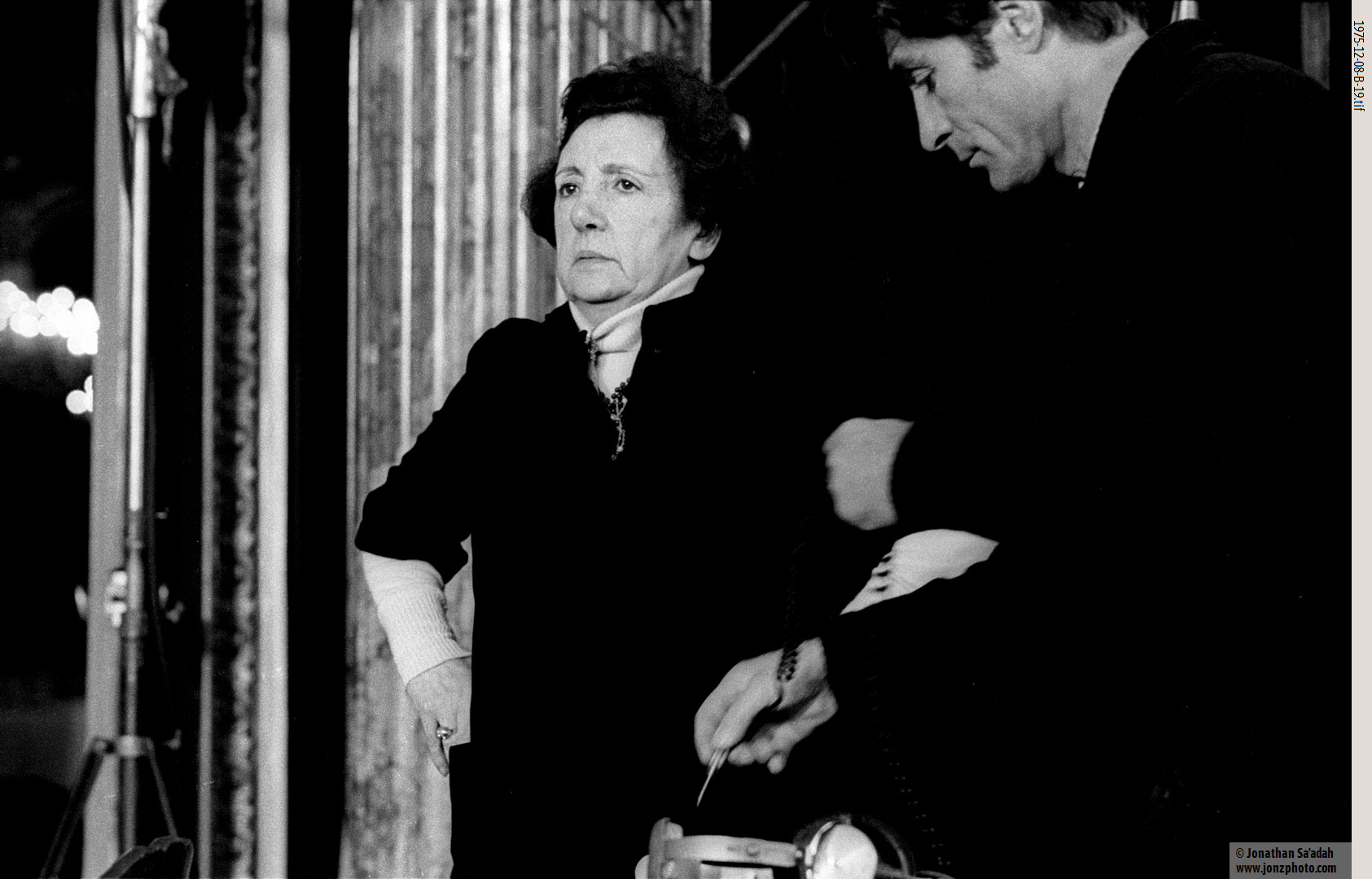

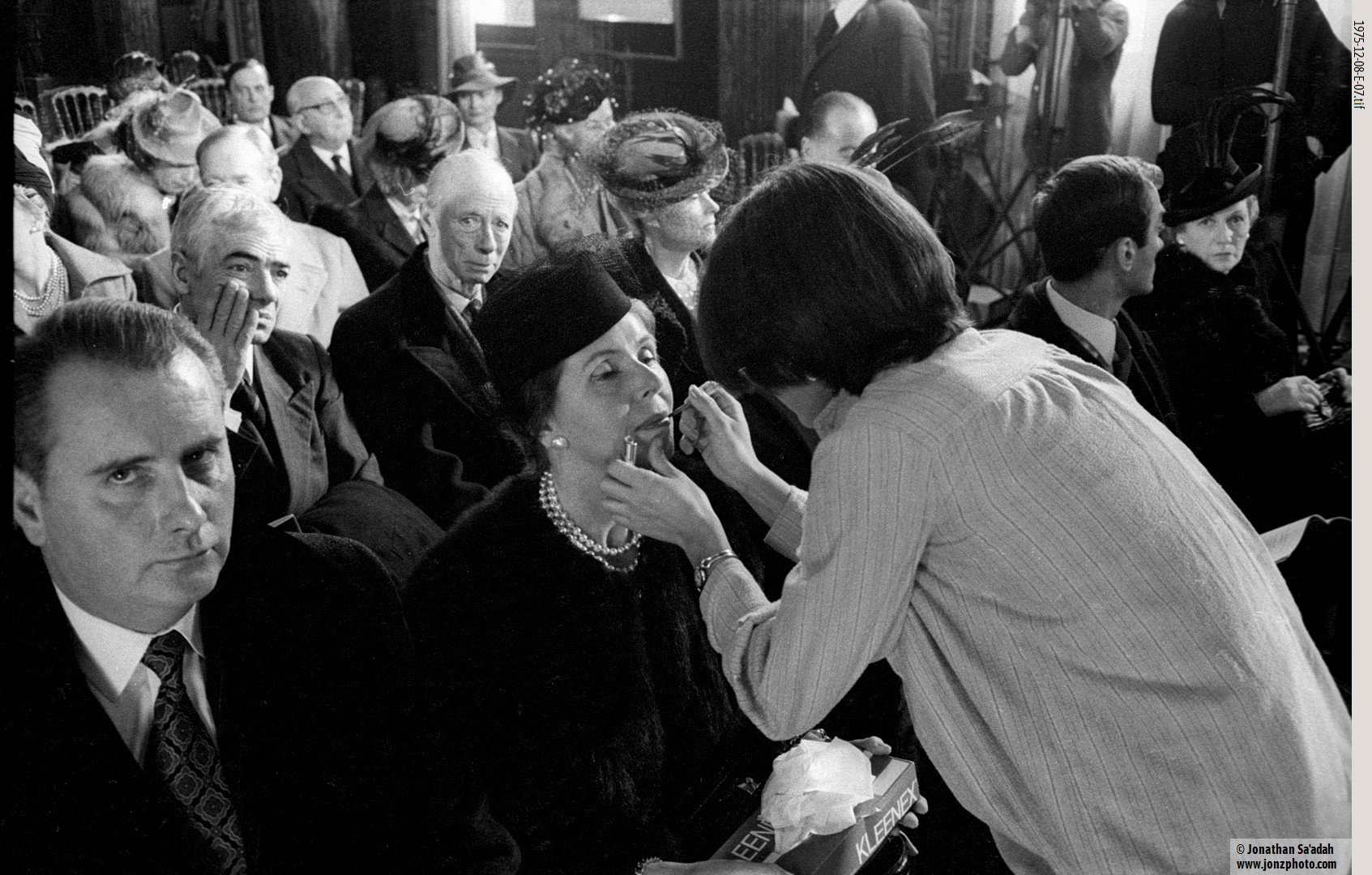
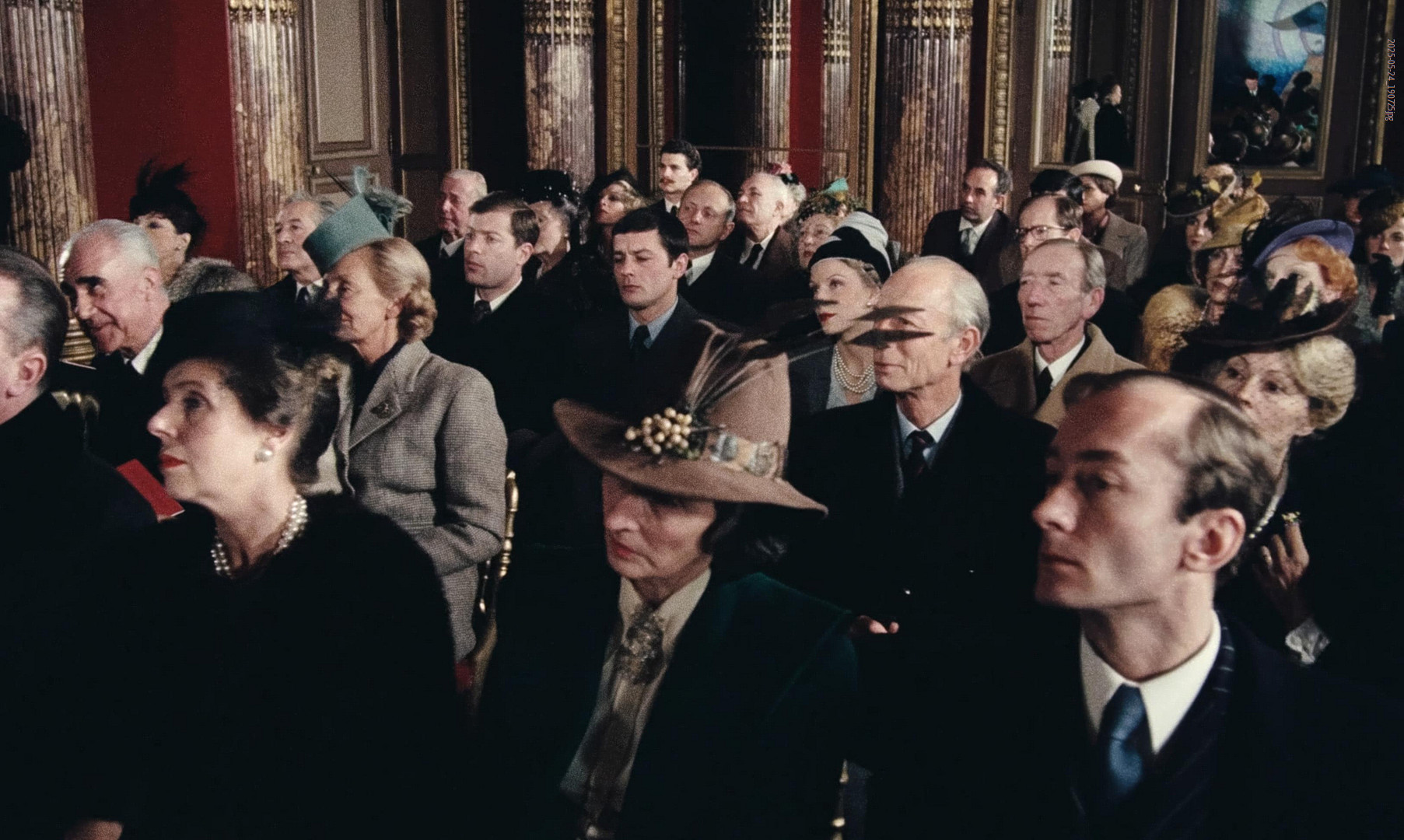
Margot Capelier brought to M Klein qualities based on fierce professional competence, strong ethical and political beliefs based on 1930s leftist ideology (shared with Losey), and deep roots in the French acting community gained through her personal life-long involvement. She could accurately gauge whether an actor would fit Losey’s personality and directing style, and that’s a good part of what made her so valuable to him.
Her familiarity with actors was inherited from her father, who loved theater, and took Margot to stage performances from an early age. He supported the family by selling hand-painted signs from a stall called “Michel” at the corner of rue Montmartre and Étienne-Marcel just north of Les Halles. Her mother was a reader, favoring Russian literature, while her grandmother could neither read nor write. The family were secular Jews trying to fit in to French society and culture while still maintaining an ethnic identity.
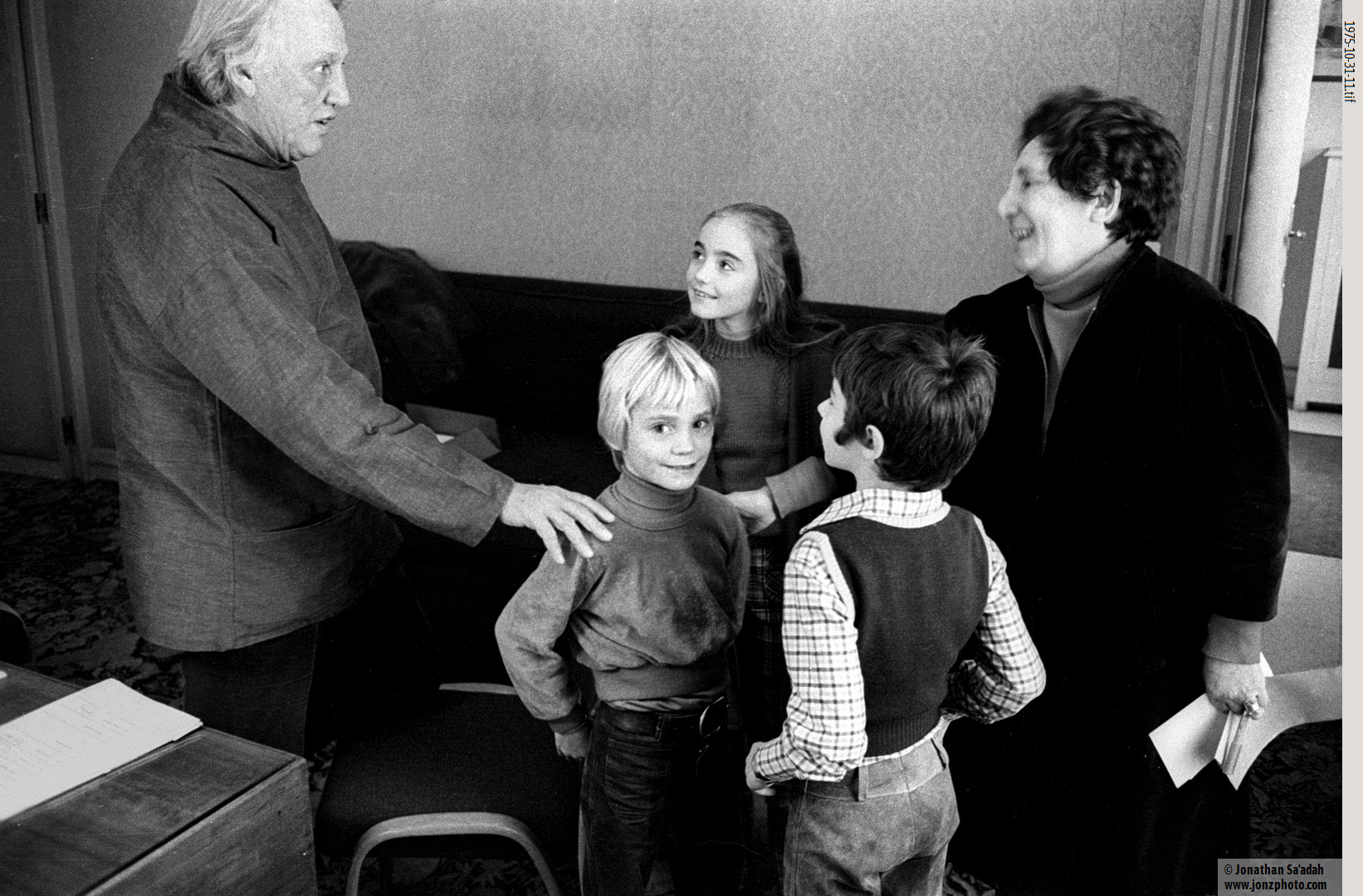
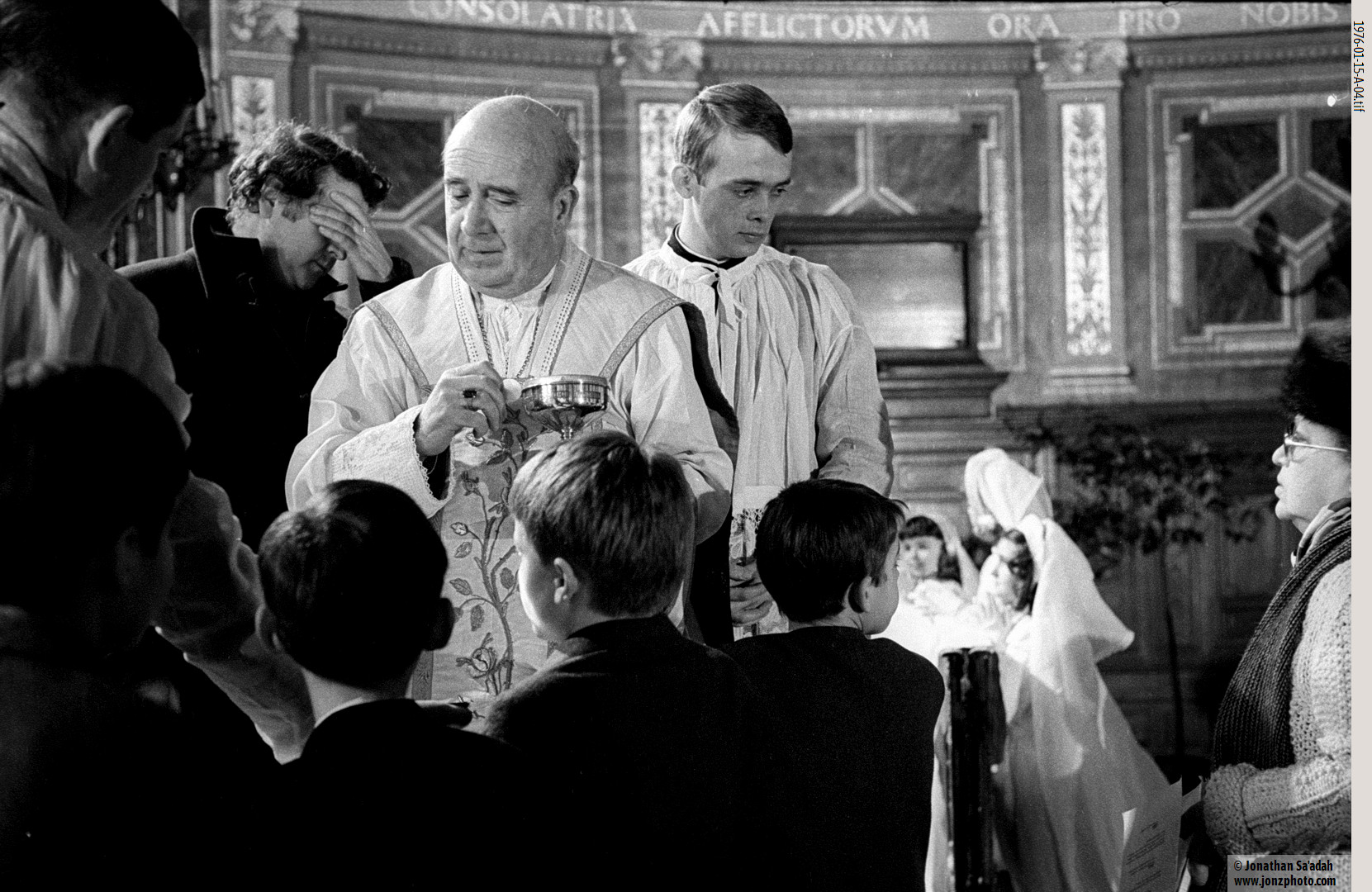
In 1926 her parents gave up on schooling their sixteen-year-old daughter, and sent her to spend nine months with a family in England. There she gained proficiency in English, which later would be of great value to her professionally.
On returning to France, she initially worked for her father, but couldn’t tolerate his angry and abusive personality. “He was very violent, very, very nervous…so it was a bit difficult.” At twenty-four she decided to search for a path that aligned more closely with who she was.
Through her brother, she was introduced to the radical-experimental theater (Le Groupe Octobre) of Jacques Prévert. Prévert’s popular productions played to working-class audiences, similar to the Agitprop style that Losey was exploring in New York during the same period. Both Prévert and Losey were influenced by Russian theater and communist ideals.

“I used to go to the theater, I’d cry and sob in the back row of the Comédie Française. I always told myself that when I had money, I’d go to the front row.” She did more than that; she made up her mind to join Prévert’s troupe despite having no acting experience. In April 1934, she was interviewed and accepted into Prévert’s talented group.
Initially, she was given small roles and gradually migrated to more production-oriented tasks.
In theater she knew that she had found the freedom that she sought. Working in the exciting and chaotic orbit of Prévert gave her experience and confidence to move forward. After her time with Prévert she played a few parts in films, and worked on many films as a production manager, but her true vocation was to, in the early 1960s, become France’s first Casting Director. It was a position that had originated in American film but migrated to Europe as more American directors came to France to work.
She married Auguste Capelier (1905-1977) during the Second World War while they were both hiding and in the Resistance in southern France, and together they had a child. Auguste Capelier was himself an accomplished French art director. Later in his career he worked for Losey’s French Art Director (Alexandre Trauner). Of course it was helpful to Losey that she had lived through the Nazi occupation and the Jewish roundups in Paris.
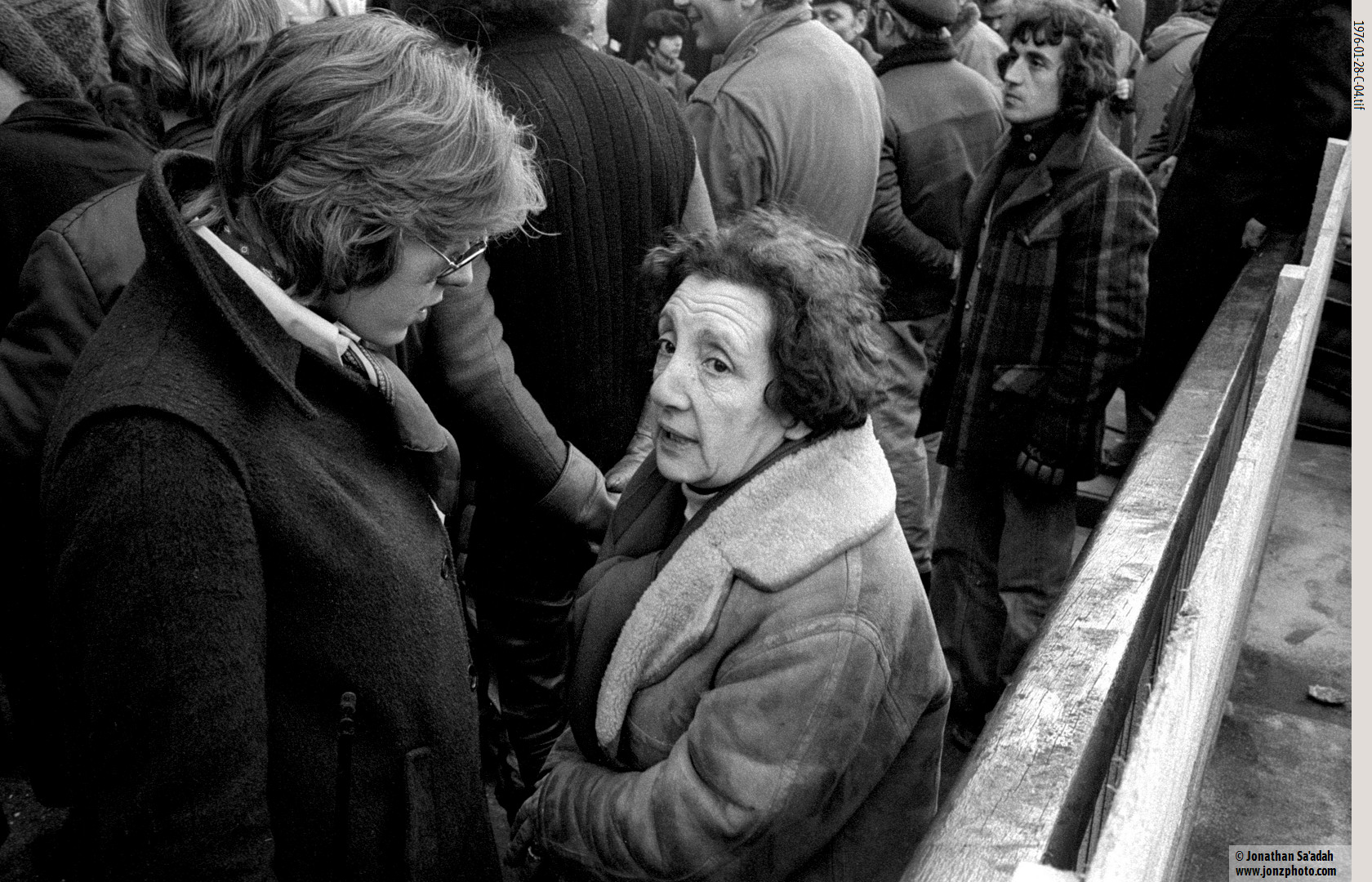
Capelier’s role in M Klein drew on her personal familiarity with French actors. She used that knowledge to suggest good candidates for each role. The candidate actor or actress would be interviewed jointly with Losey, and after that a decision would be made. In most cases the interviews were primarily in English.
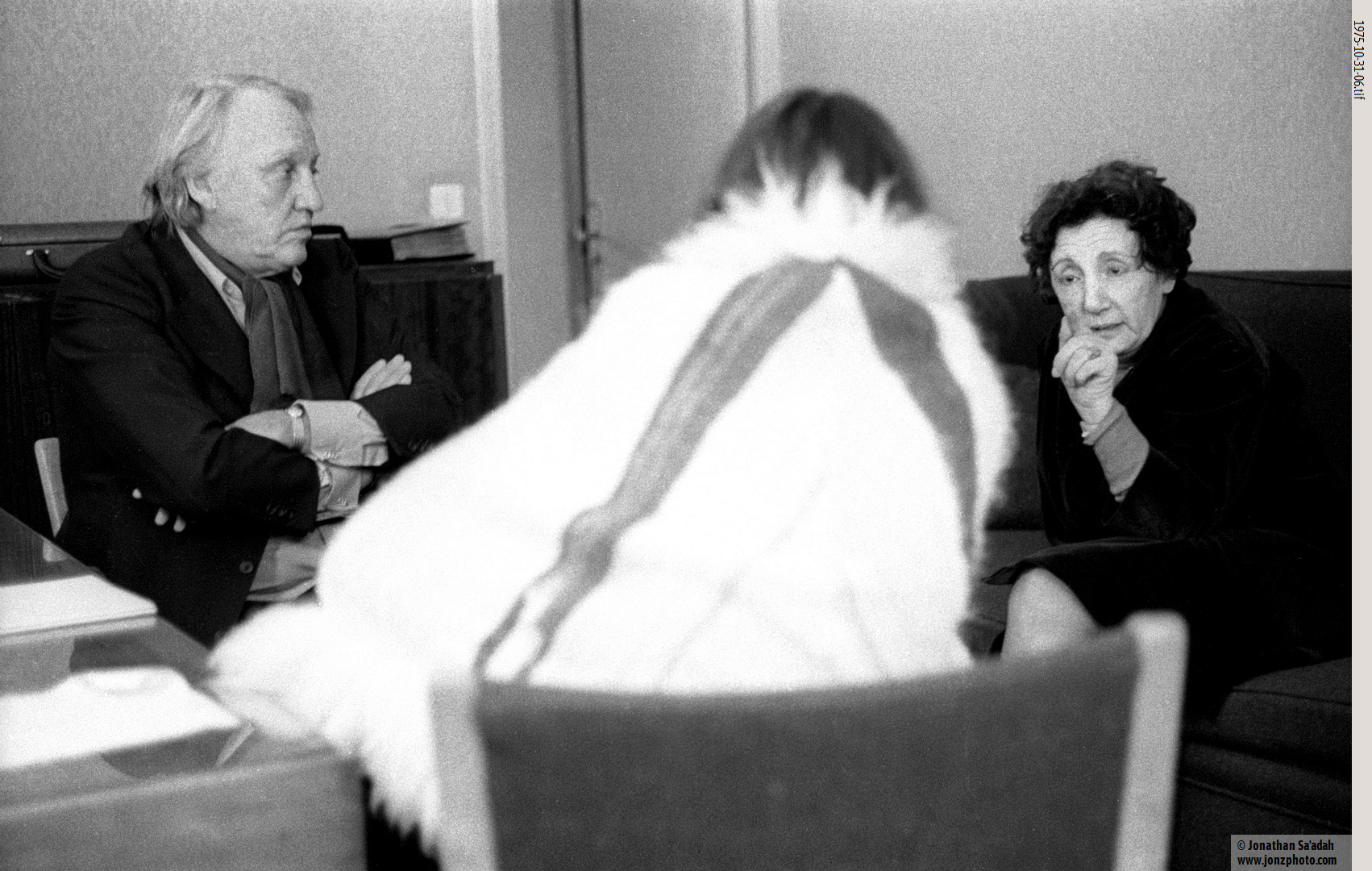
Losey’s questions to actors focused mostly on their interpretation of the screenplay and trying to get a feel for the person. What he was looking for were professionals who would hit the ground running, and be sure-footed, intelligent, and self-confident in playing their role. In presenting each actor Capelier was making a prediction of what their chemistry with Losey might be and whether it would work. She was often right in her assessments, which of course made the casting process much easier.
One of the secrets behind the strength of Capelier’s position in French cinema stemmed from her early passion for following actors through her love of their craft. She continued to live within the theaters of Paris, watching actors develop and encouraging their careers.
She encouraged many but also provided brutally honest feedback if she thought an actor was on the wrong path. Ironically, she brought together her father’s business acumen with a sensitivity to people she gained from her childhood traumas.
Notes:
Bacharach, Corinne. Margot Capelier, Reine Du Casting (1910-2007): De Jacques Prévert à Patrice Chéreau. Arles : Lyon: Actes Sud ; Institut Lumière, 2022.
Hamsy, Cécile. Mémoires Du Siècle – Margot Capelier, Directrice de Casting, 1990.
Berthomé, Jean-Pierre. “Margot Capelier 1911-2007,” Paris, France: Positif Editions, 2007.
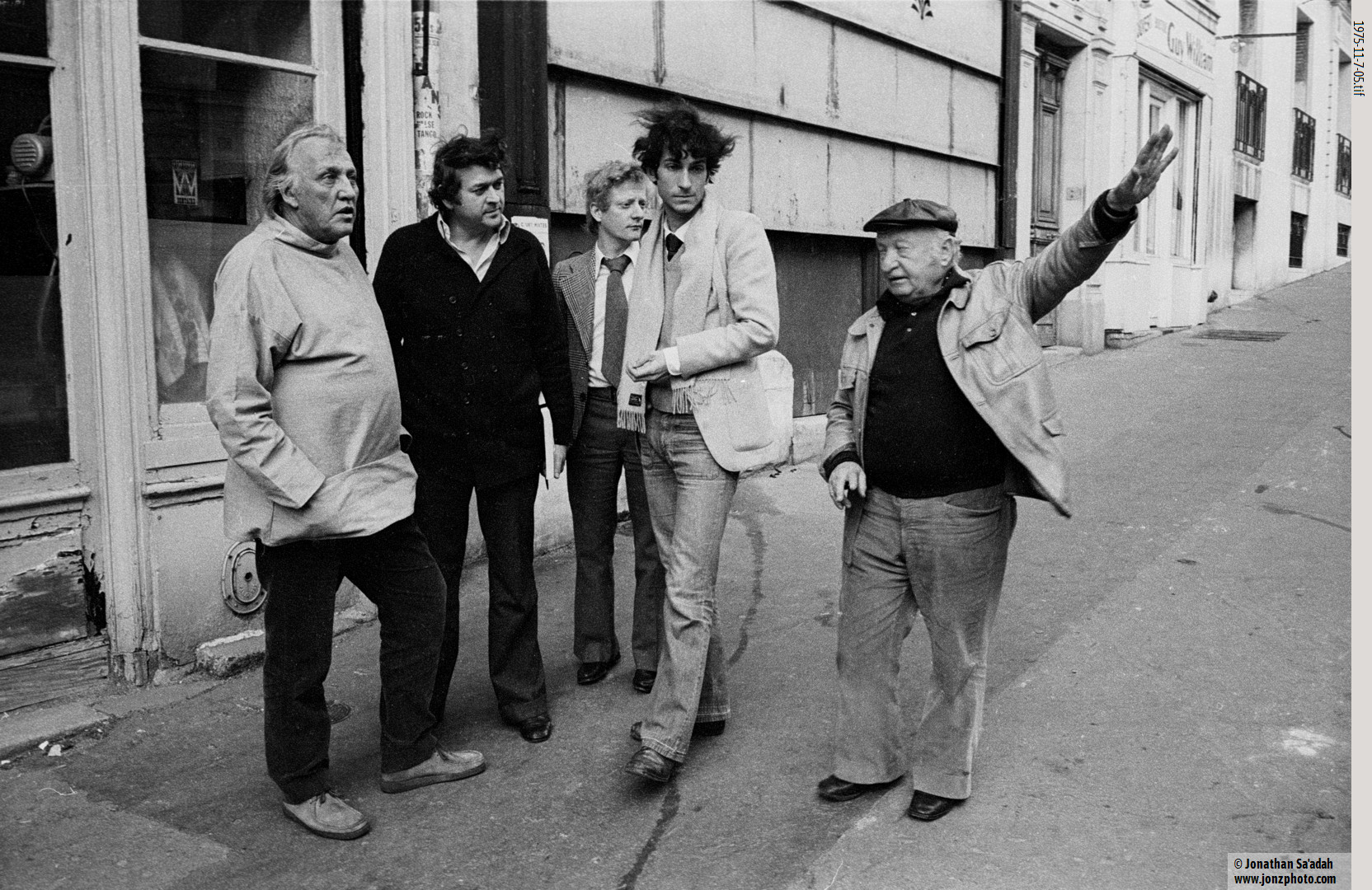
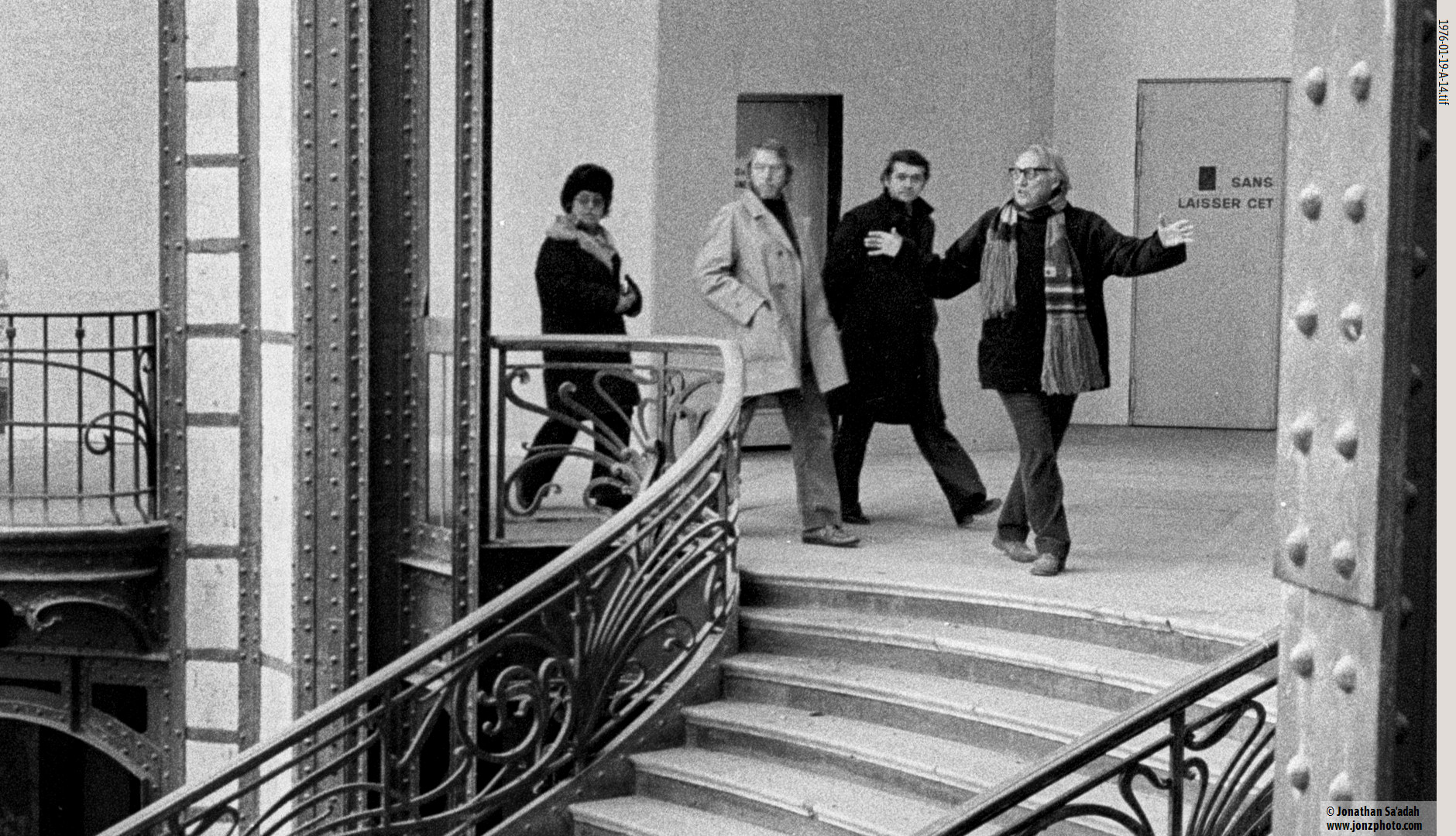
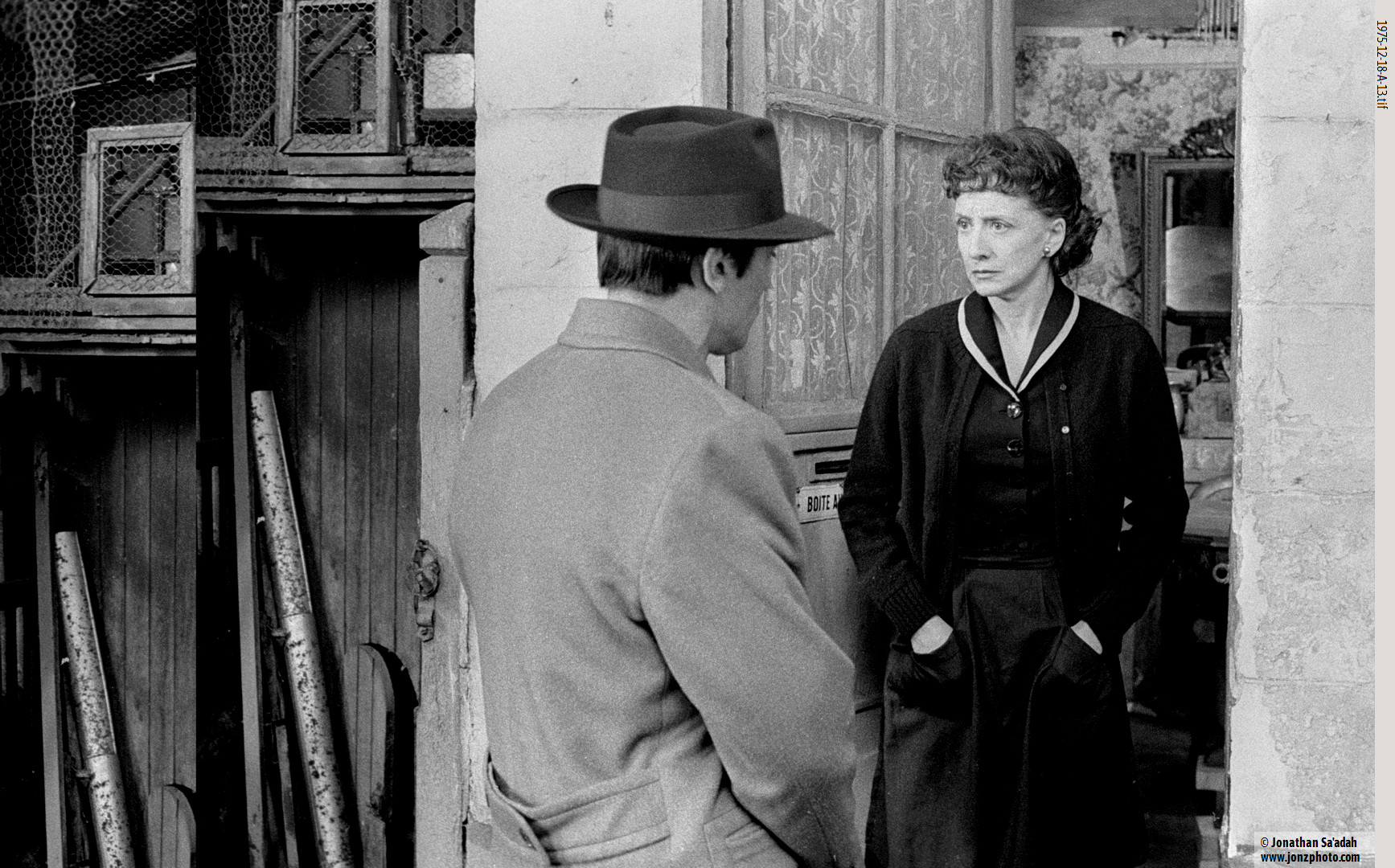

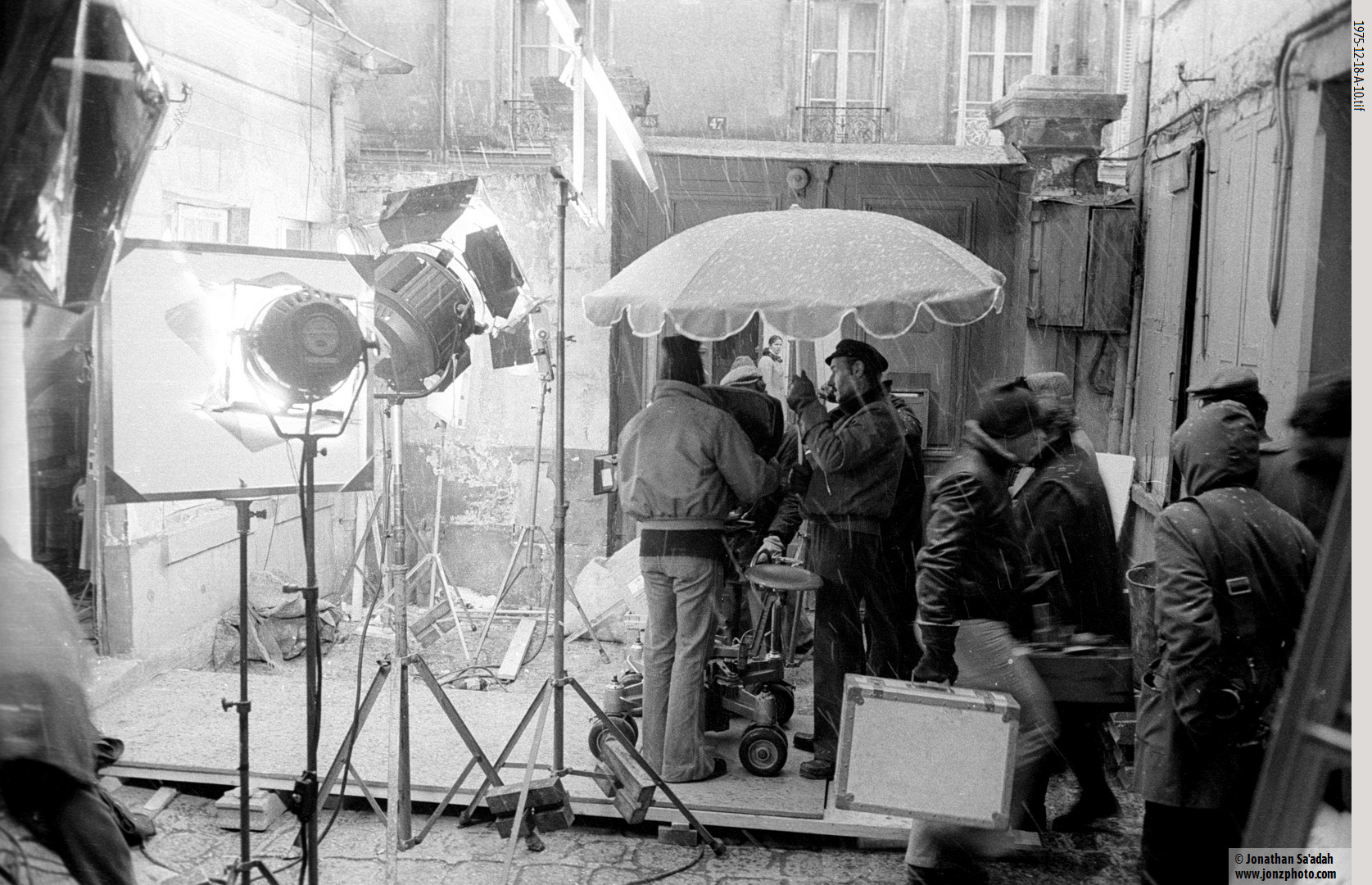
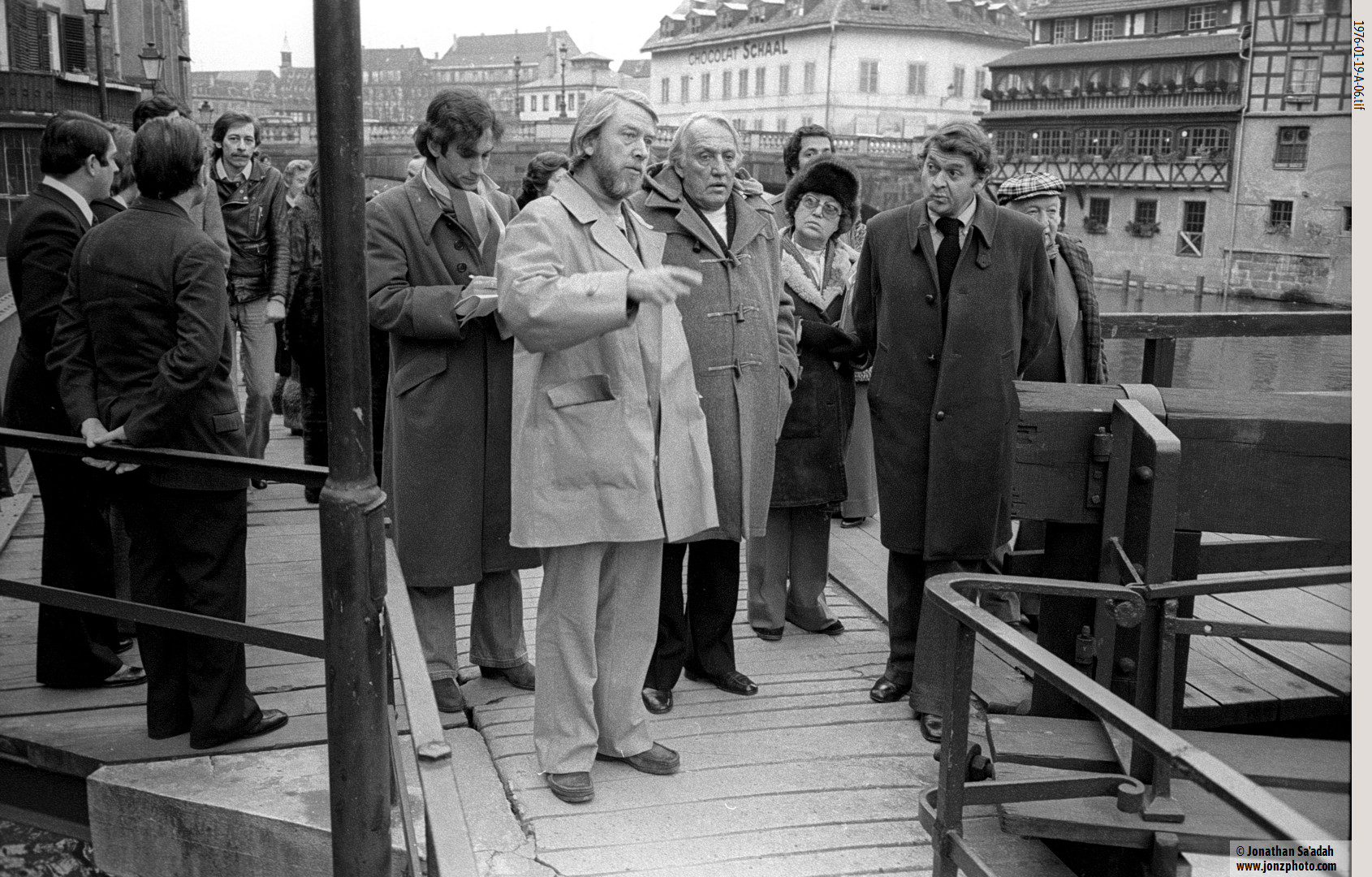
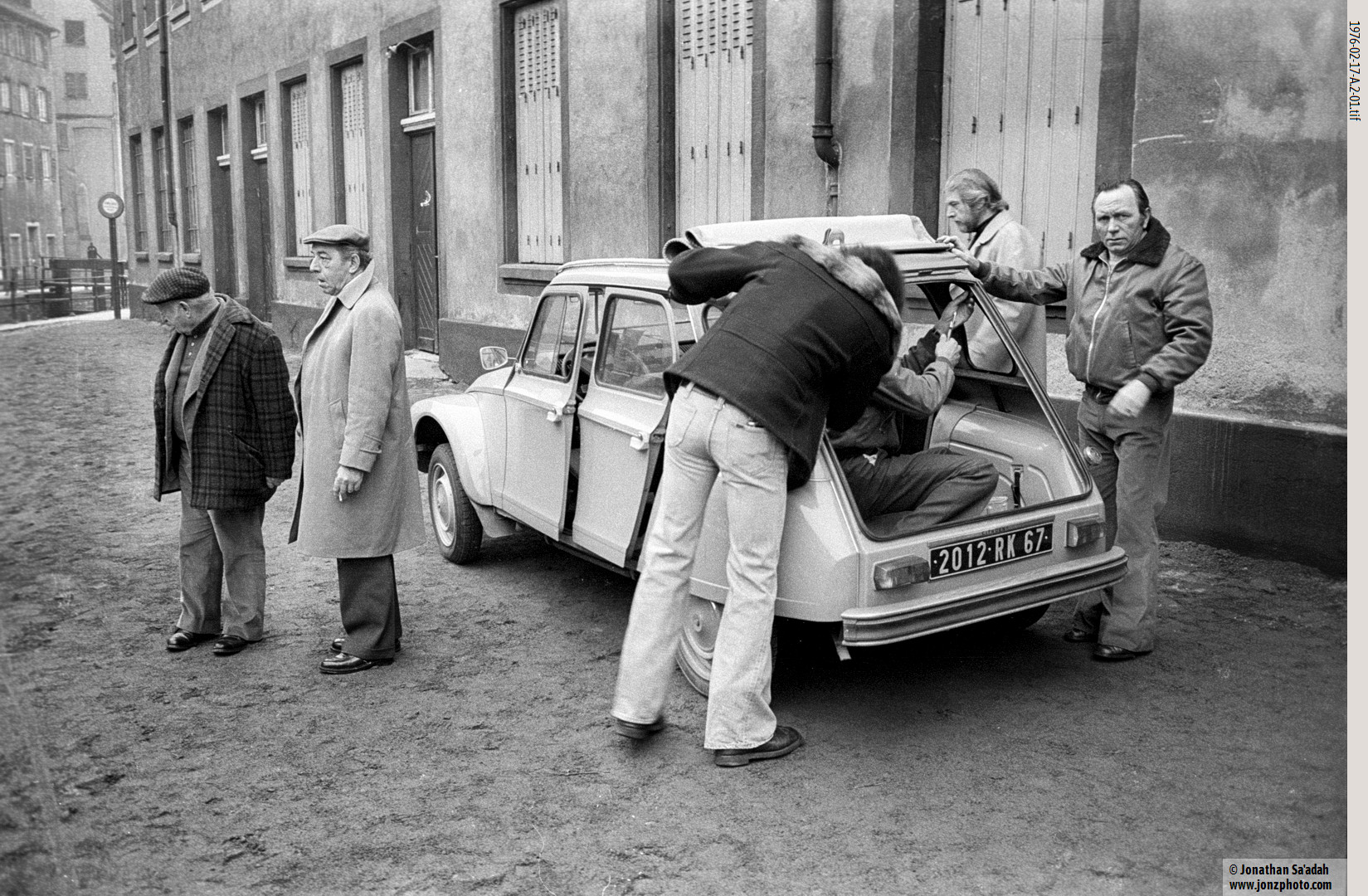
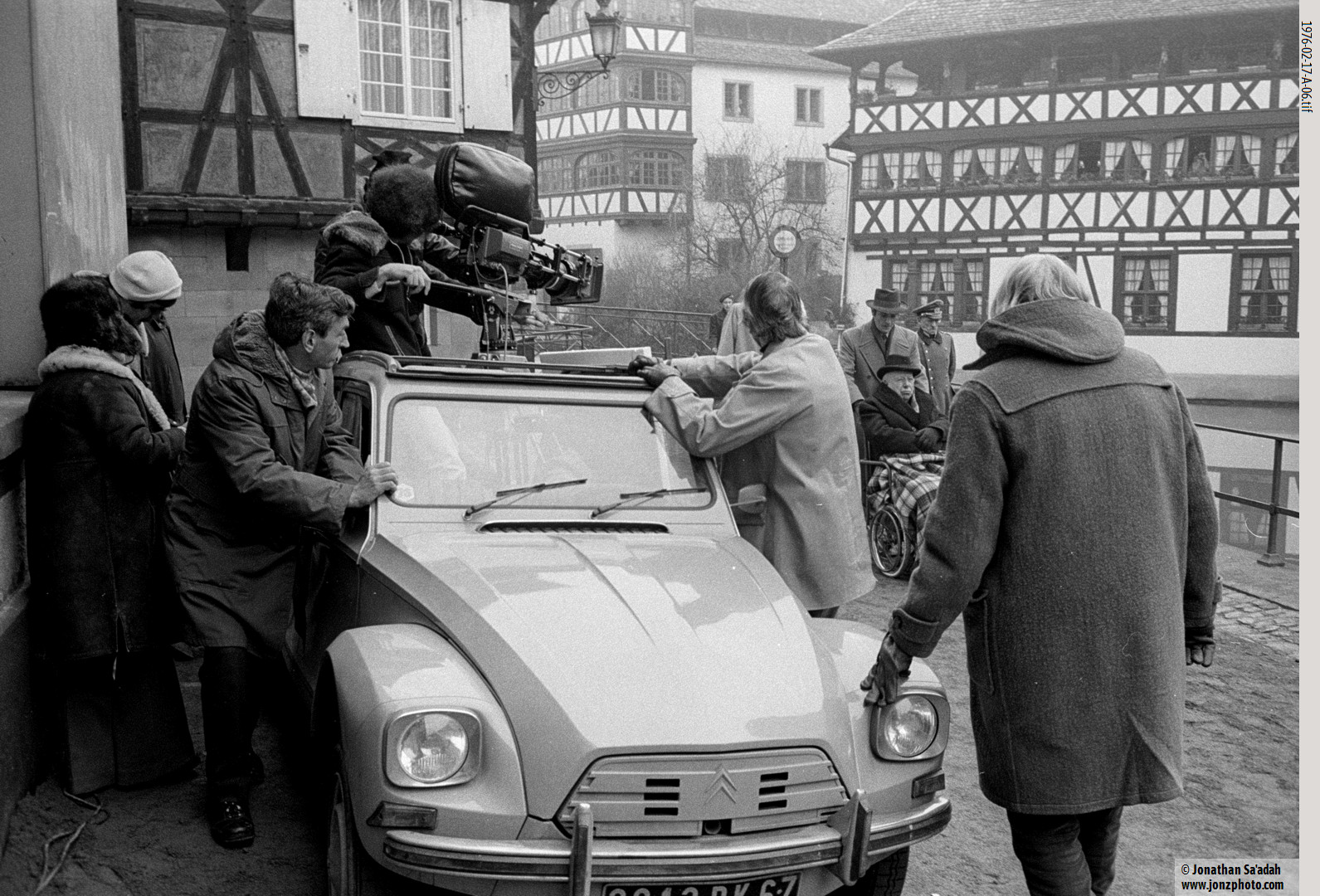
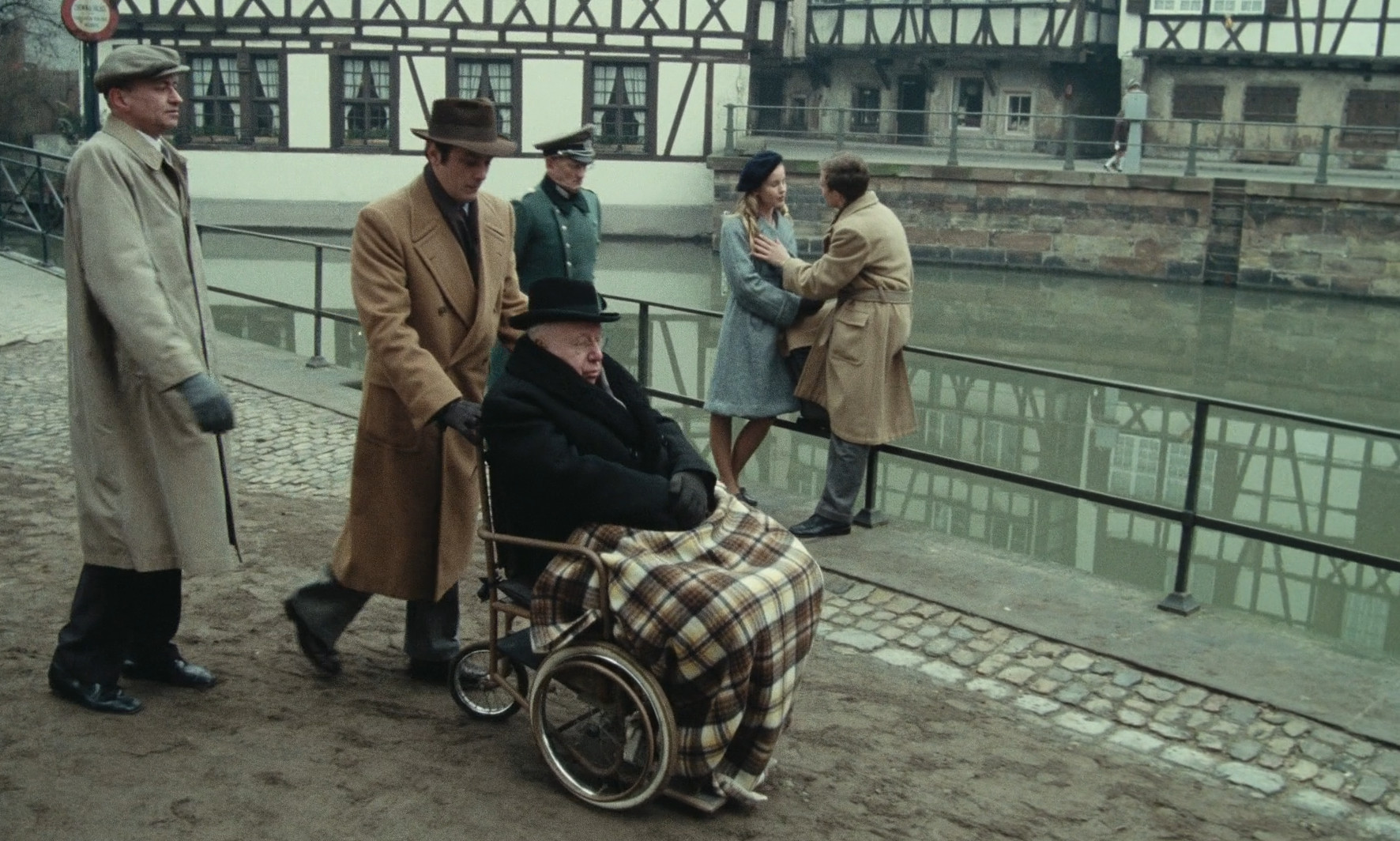
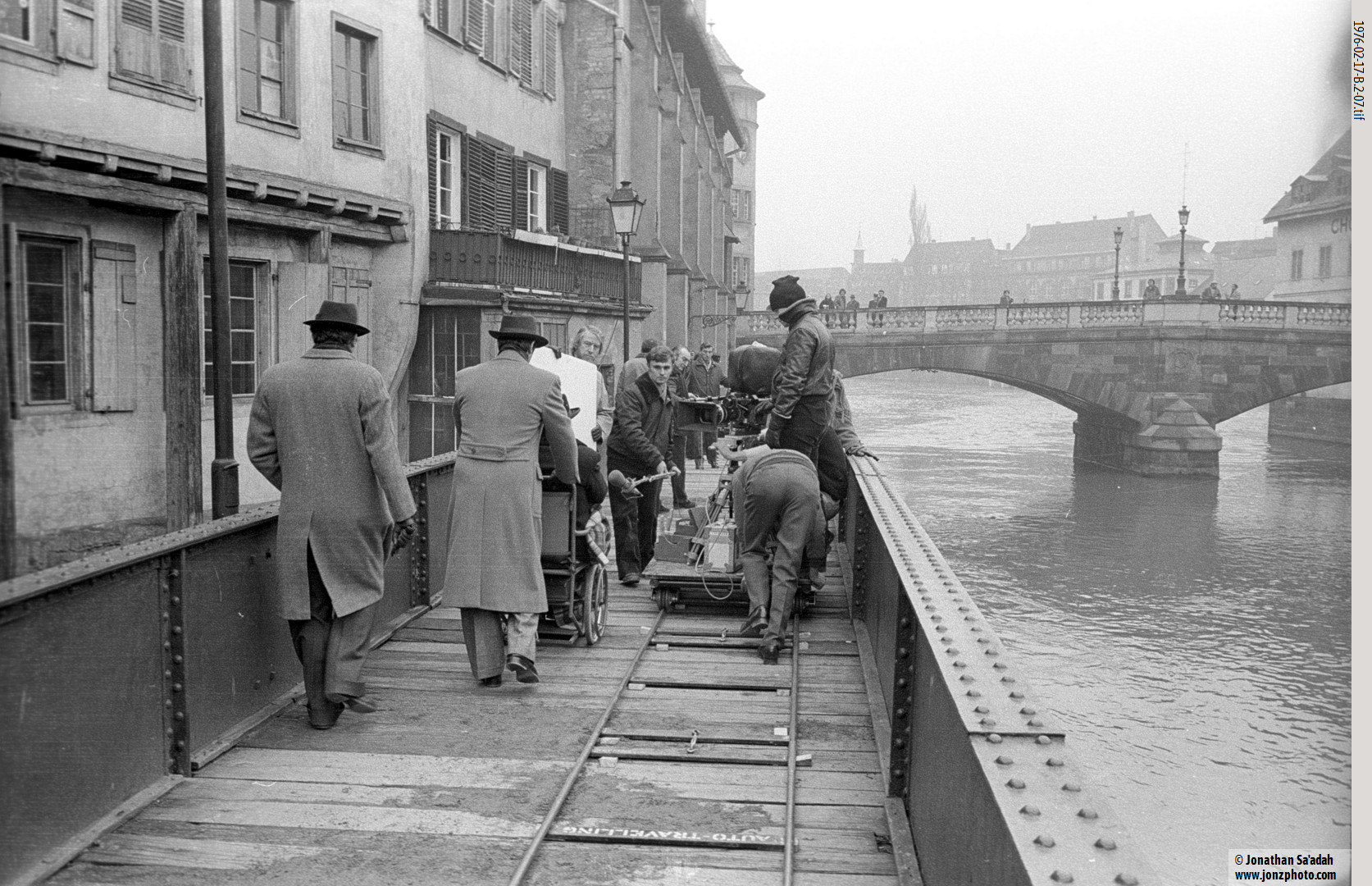
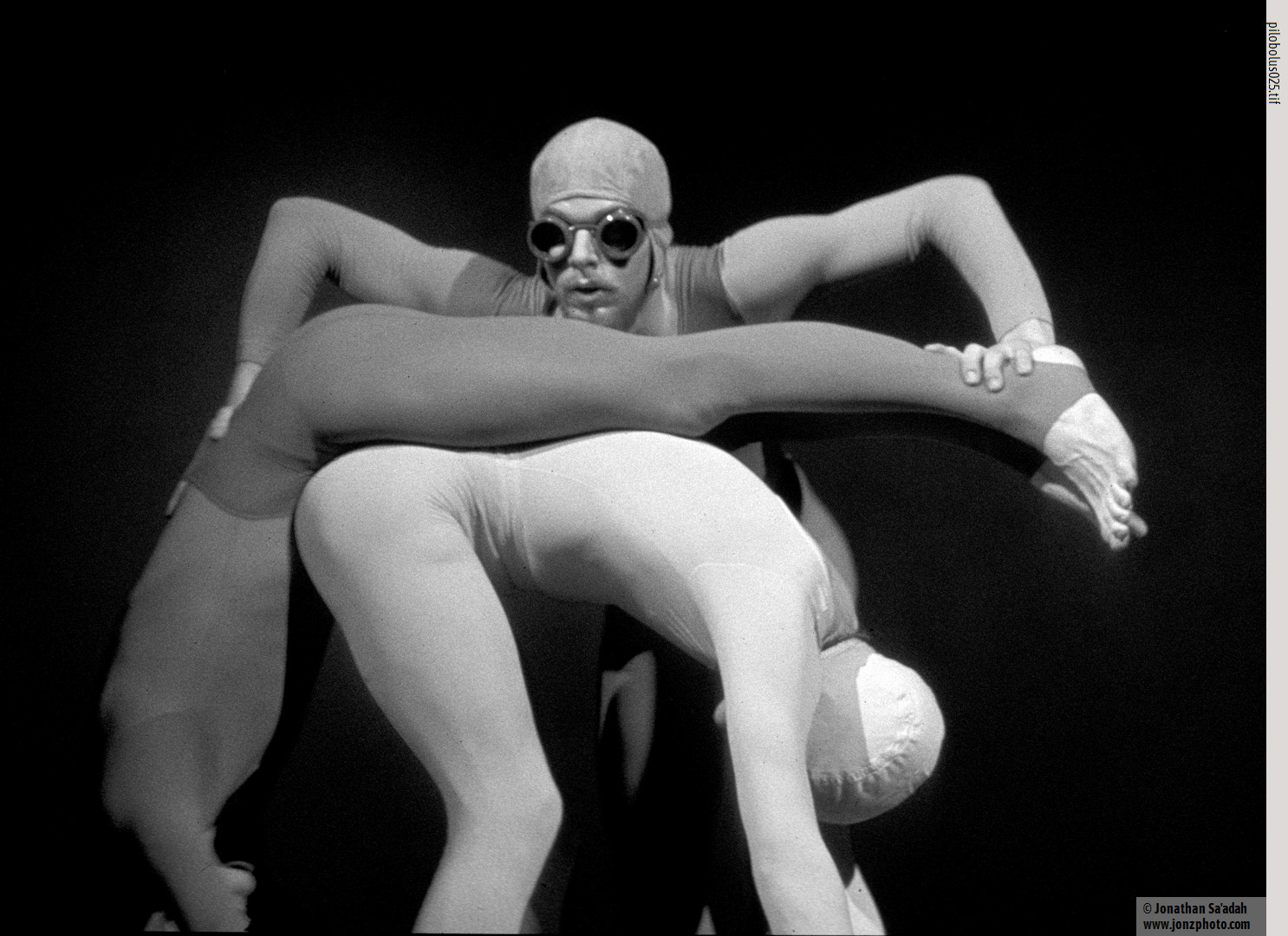
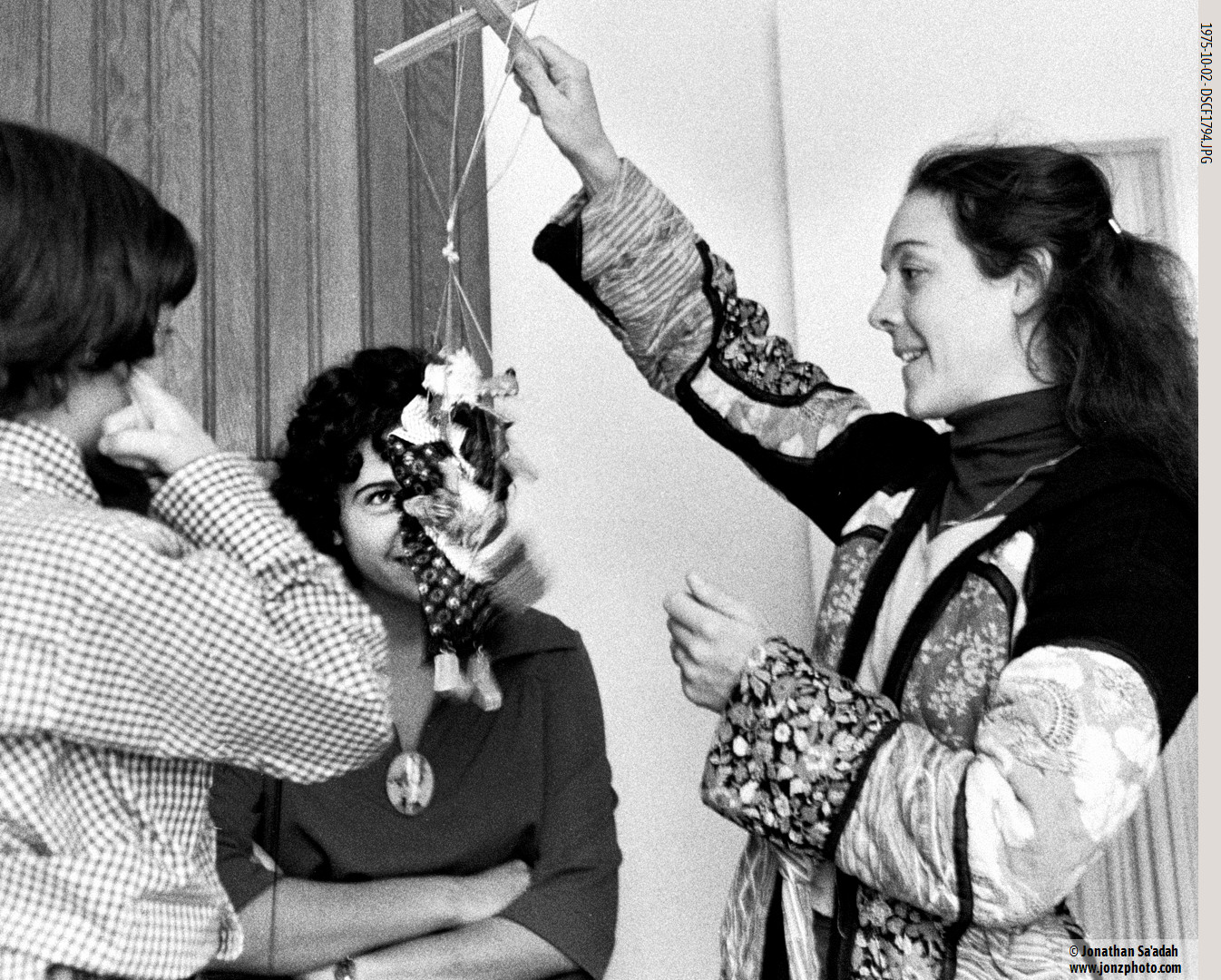
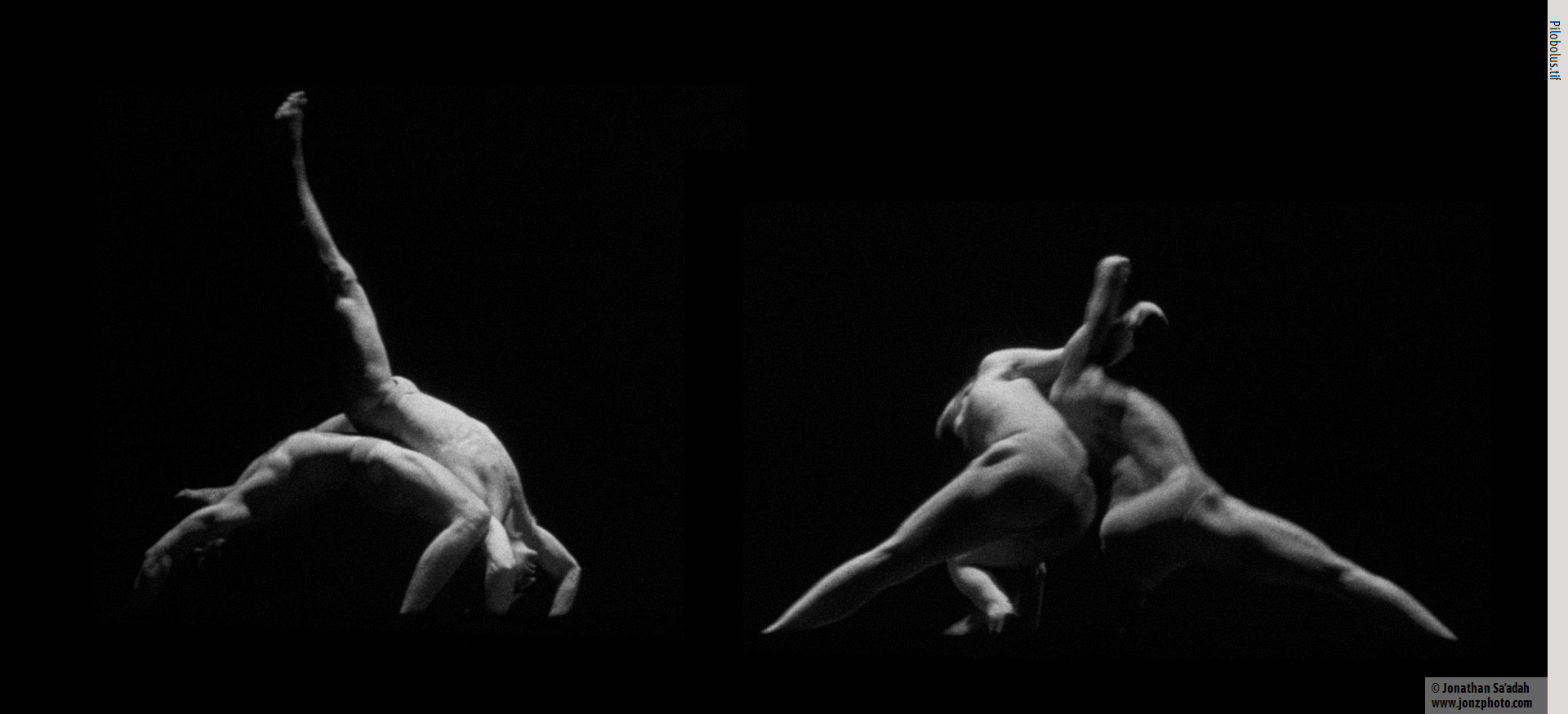
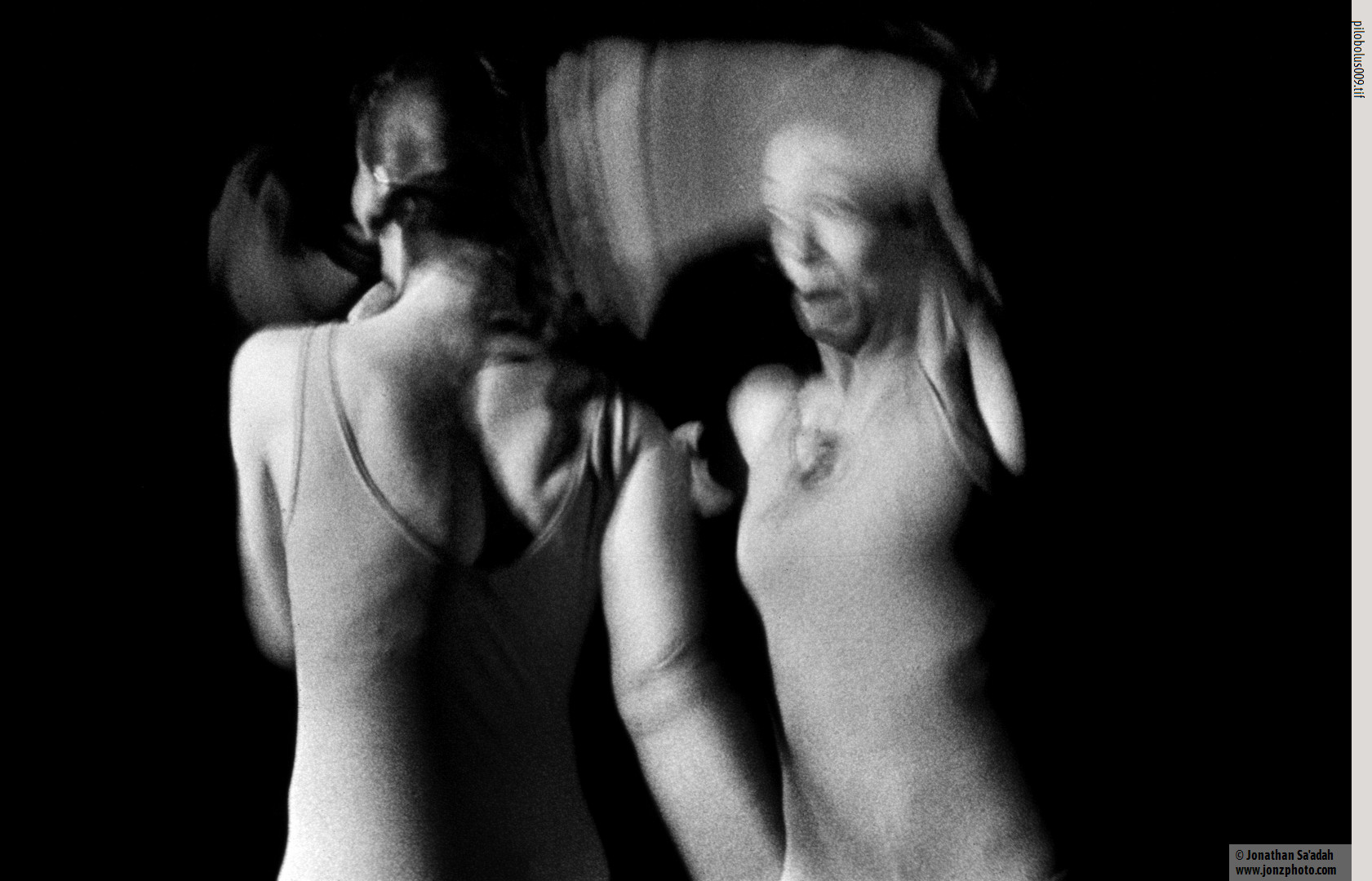

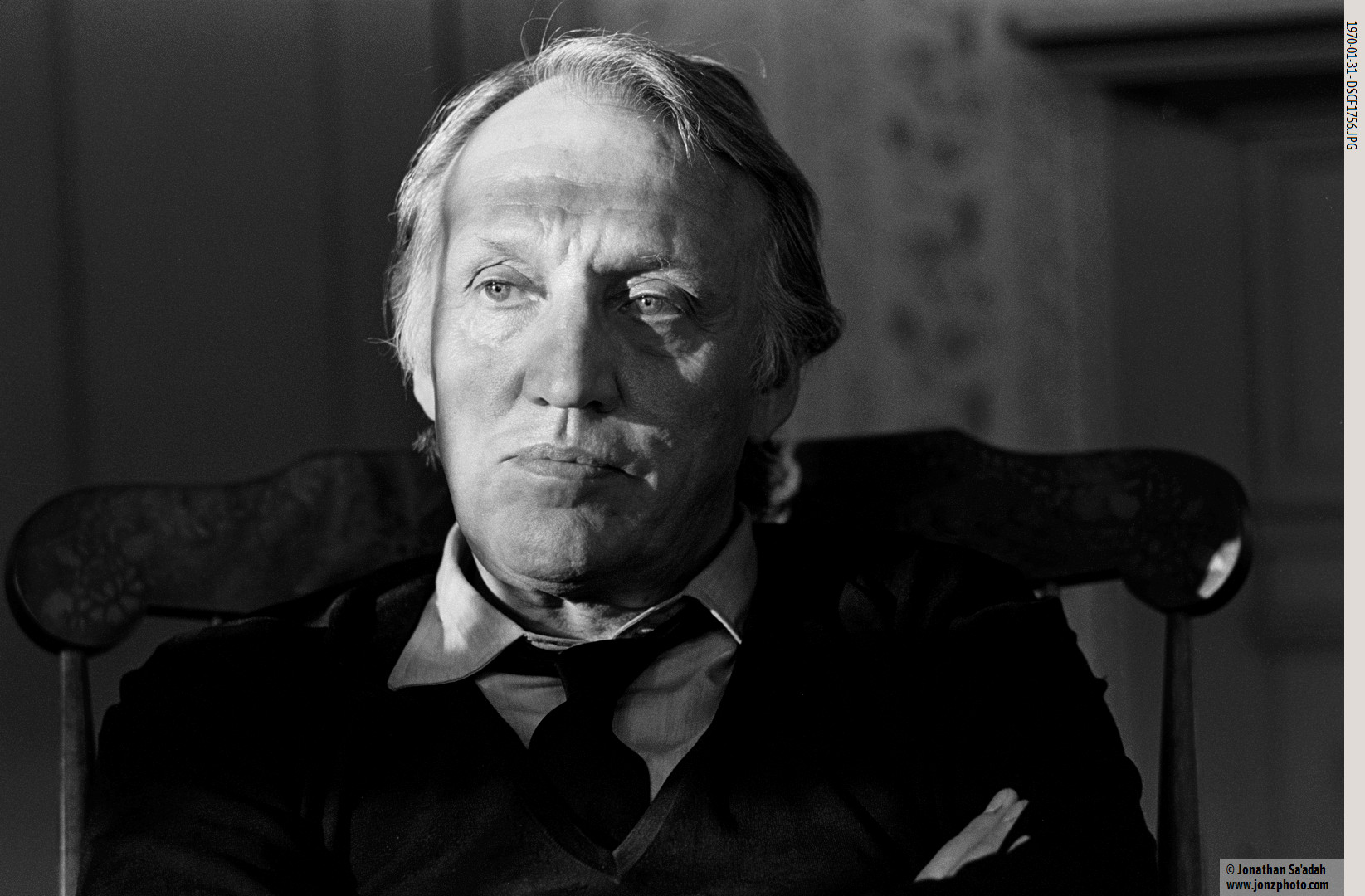
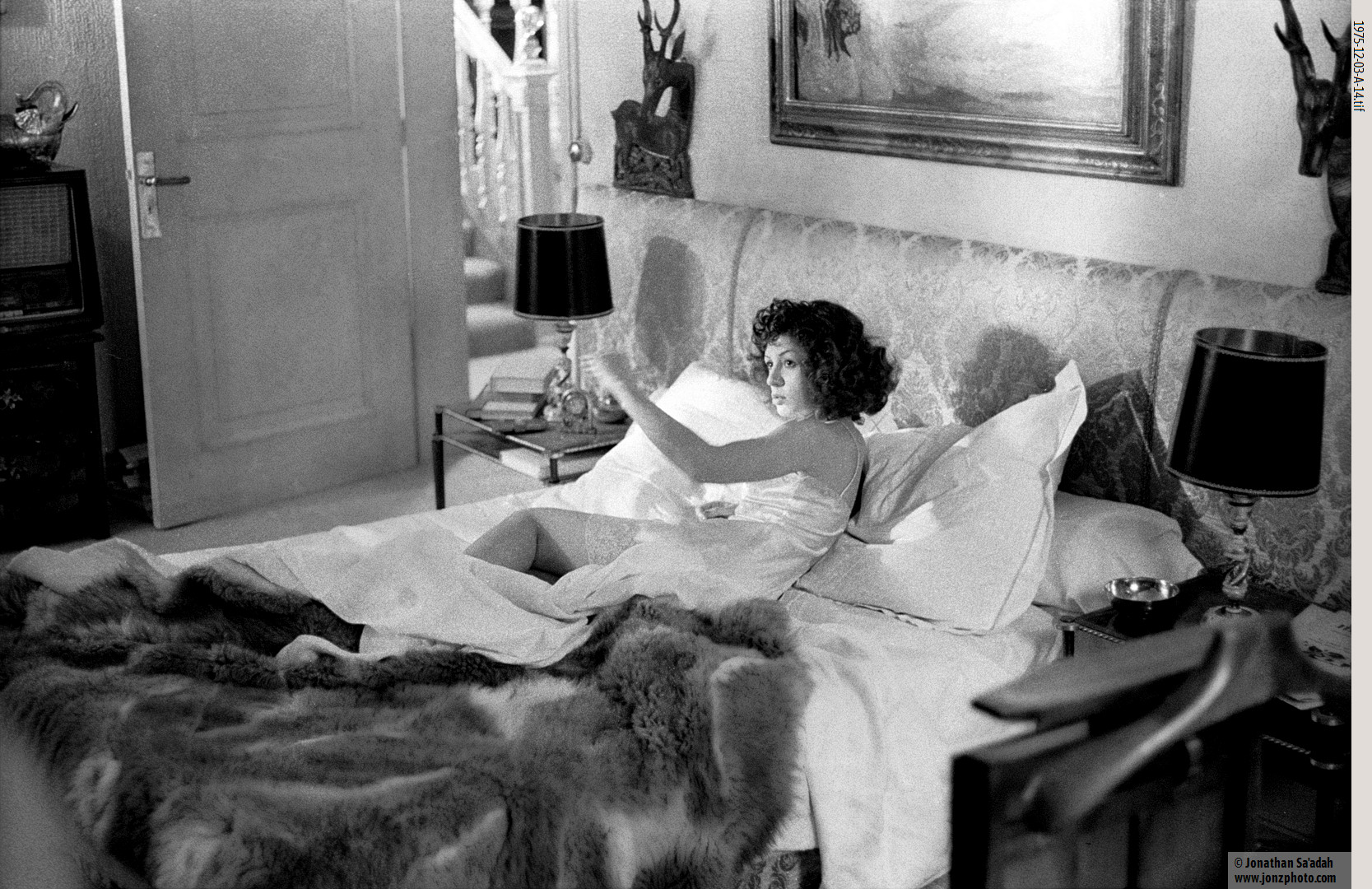
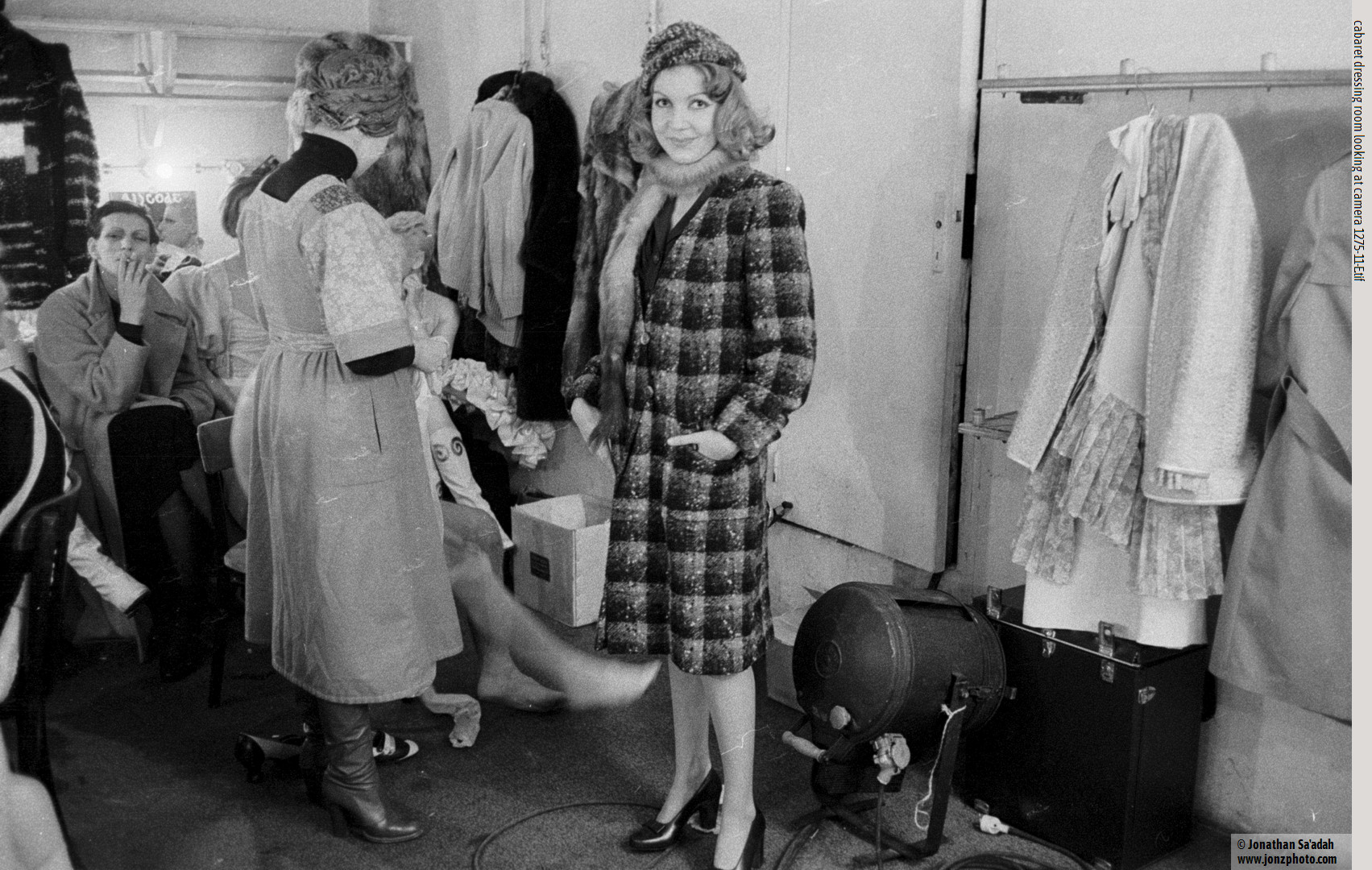



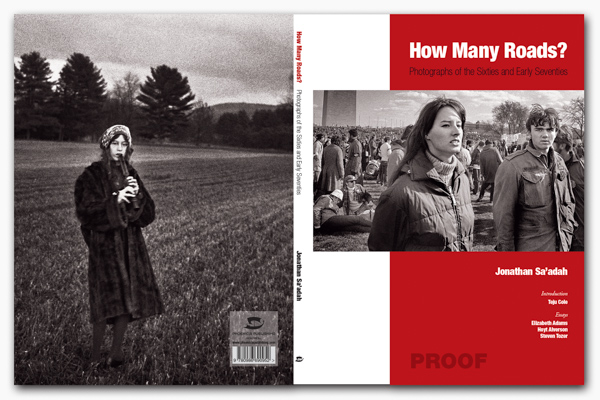
Recent Comments